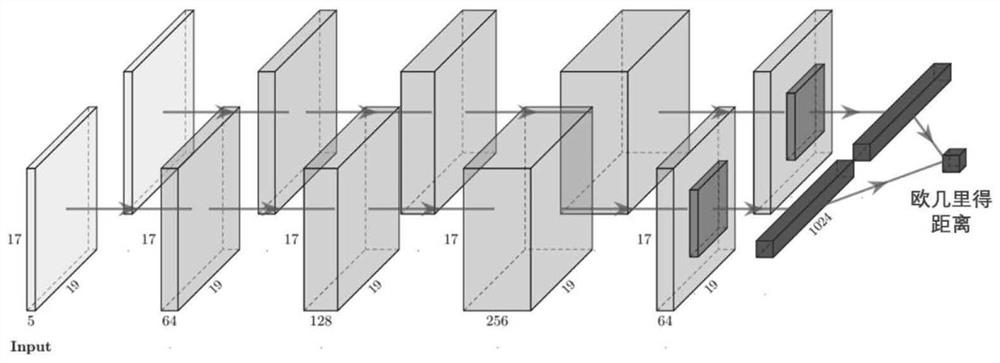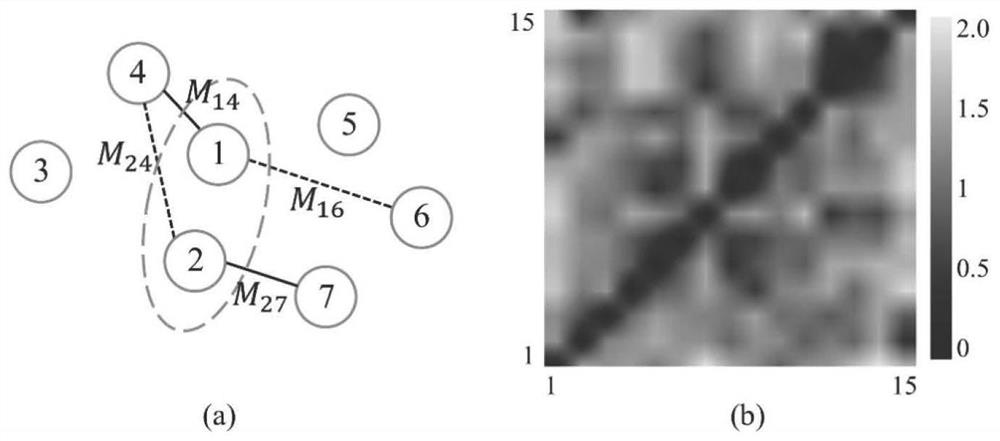Cross-mode electroencephalogram signal identification method considering individual differences
An EEG signal and recognition method technology, applied in character and pattern recognition, neural learning methods, biological neural network models, etc., can solve the problems of time-consuming, a large amount of new subject data, etc., to reduce data collection time and improve performance. , to avoid negative boosting effects
- Summary
- Abstract
- Description
- Claims
- Application Information
AI Technical Summary
Problems solved by technology
Method used
Image
Examples
Embodiment Construction
[0054] The method for identifying cross-modal EEG signals based on individual EEG differences of the present invention will be described in detail below in conjunction with the accompanying drawings.
[0055] Aiming at the characteristics of cross-modal EEG signals, the present invention proposes a multi-branch network model algorithm, and screens the training set before model training. In this embodiment, the following steps are included:
[0056] Step 1. EEG signal preprocessing.
[0057] Based on the SEED data set, the present invention conducts a cross-subject experiment of three emotional classifications to verify the effectiveness of the algorithm. A total of 15 subjects participated in the experiment in the SEED data set. At the same time, in each experiment, 15 movie clips were played to stimulate the corresponding emotions, and the ESI NeuroScan System with 62 channels was used to record the EEG signals with a sampling frequency of 1000Hz. In order to reduce the sto...
PUM
 Login to View More
Login to View More Abstract
Description
Claims
Application Information
 Login to View More
Login to View More - R&D
- Intellectual Property
- Life Sciences
- Materials
- Tech Scout
- Unparalleled Data Quality
- Higher Quality Content
- 60% Fewer Hallucinations
Browse by: Latest US Patents, China's latest patents, Technical Efficacy Thesaurus, Application Domain, Technology Topic, Popular Technical Reports.
© 2025 PatSnap. All rights reserved.Legal|Privacy policy|Modern Slavery Act Transparency Statement|Sitemap|About US| Contact US: help@patsnap.com



